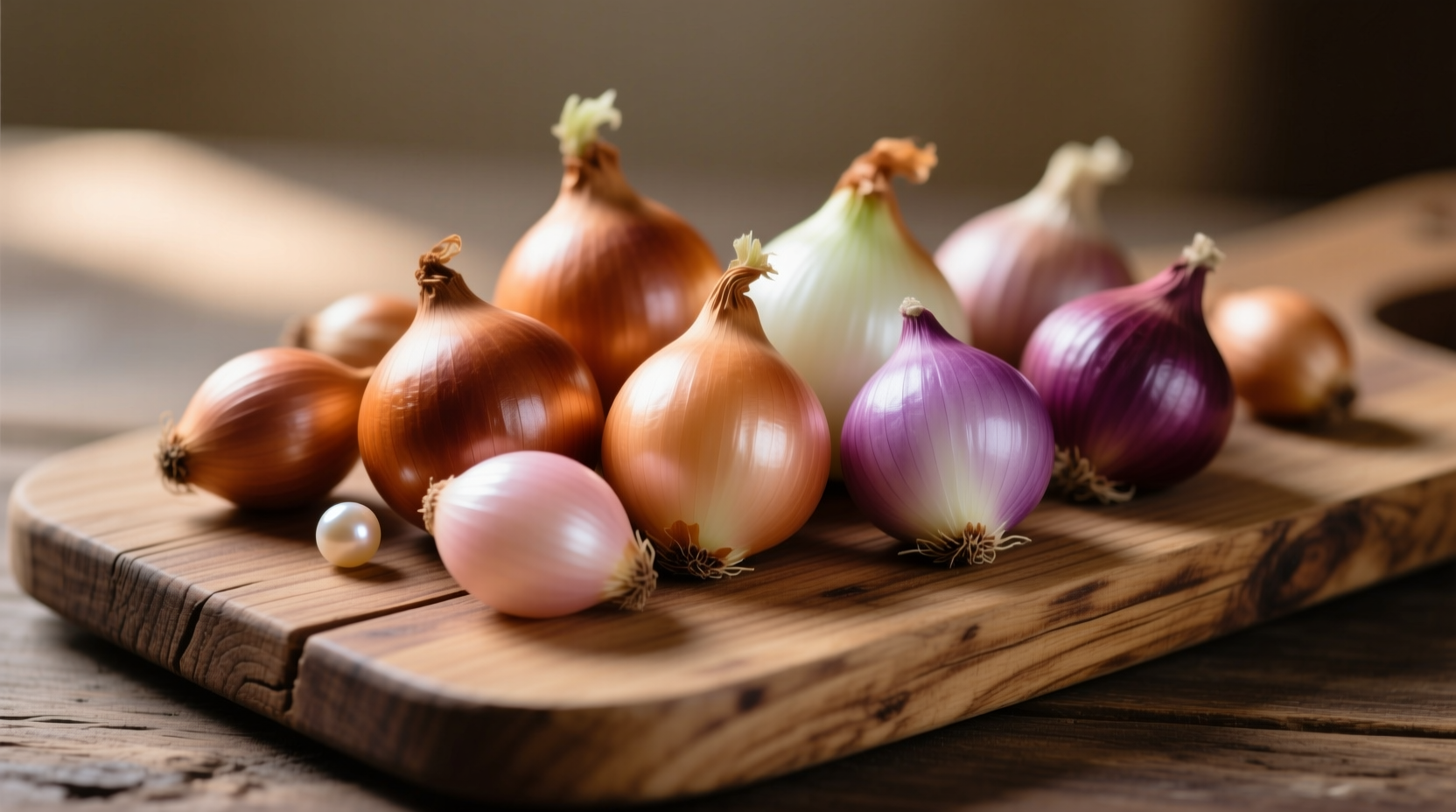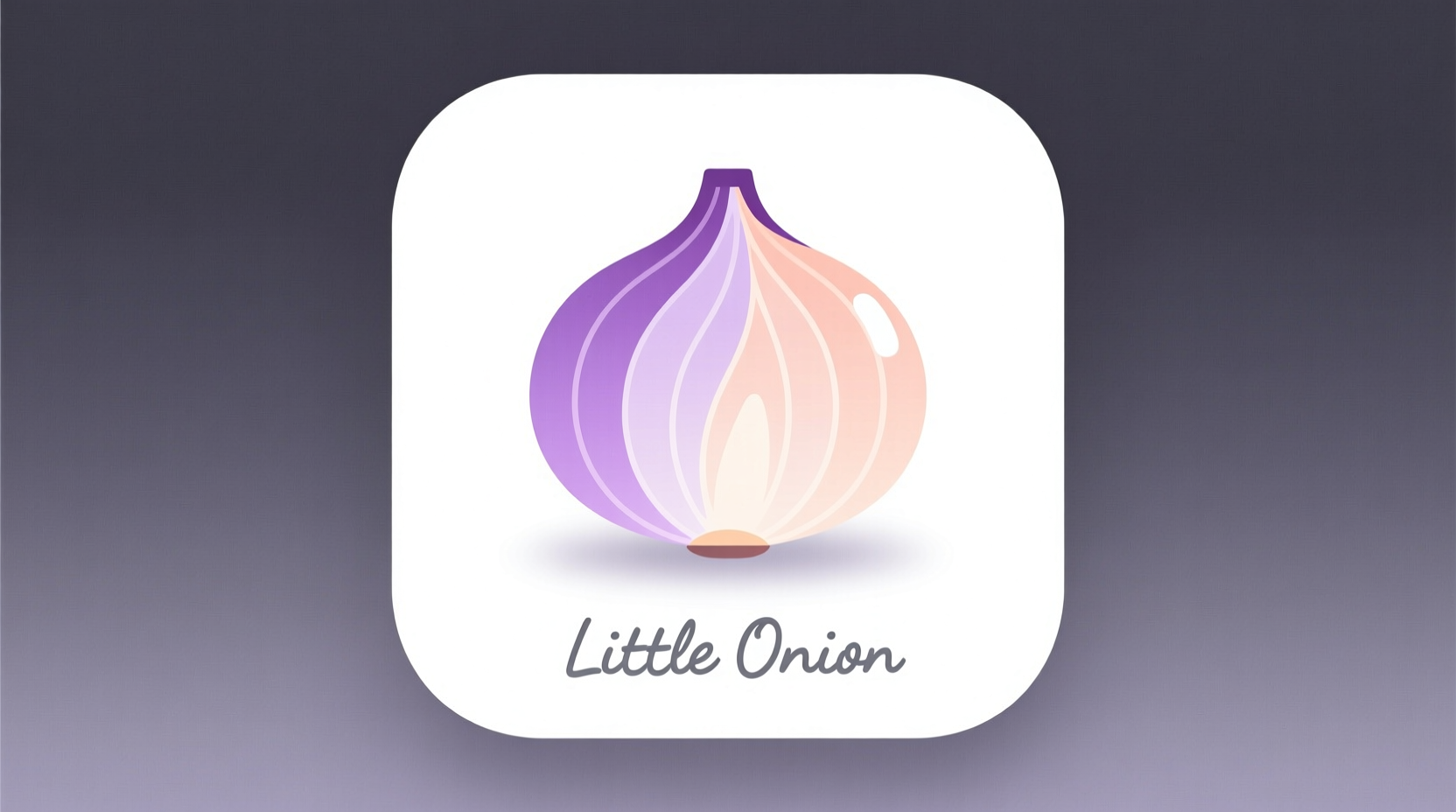If you're searching for "little onion," you're likely looking for information about small onion varieties used in cooking. Little onions typically refer to pearl onions, pickling onions, or young shallots—not a single specific variety but a category of small, mild-flavored onions ideal for pickling, roasting, or garnishing. These miniature alliums pack concentrated sweetness with less bite than standard onions and are essential in many classic dishes from French bourguignon to Middle Eastern salads.
When you reach for little onions in your kitchen, you're tapping into a culinary tradition spanning centuries. These petite alliums aren't just cute—they serve specific purposes that larger onions can't match. As a chef who's worked with ingredients from Michelin-starred kitchens to street food stalls, I've seen how the right small onion variety can transform a dish from ordinary to extraordinary.
What Exactly Are Little Onions?
The term "little onion" creates confusion because it's not a botanical classification but a culinary descriptor. Unlike standard yellow or red onions that grow to 2-3 inches in diameter, little onions remain under 1.5 inches when mature. This size difference creates distinct flavor and textural properties that make them indispensable for certain preparations.
According to the USDA Agricultural Research Service, small onion varieties contain higher sugar concentrations and lower sulfur compounds than their larger counterparts, explaining their milder, sweeter profile. This biochemical difference isn't just theoretical—it directly impacts how these onions behave when cooked and which dishes they enhance.
| Onion Variety | Typical Size | Flavor Profile | Best Culinary Uses |
|---|---|---|---|
| Pearl onions | 0.5-1 inch diameter | Sweetest, mildest | Boiling, pickling, stews |
| Shallots | 1-1.5 inch diameter | Delicate garlic notes | Vinaigrettes, sauces, roasting |
| Pickling onions | 0.75-1.25 inch diameter | Sharper, more pungent | Vinegar pickling, cocktails |
| Cocktail onions | 0.5-0.75 inch diameter | Mild, slightly sweet | Garnishing martinis, appetizers |
How Little Onions Evolved in Culinary History
Understanding the historical context helps explain why we have multiple small onion varieties today. Archaeological evidence from the University of Oxford's Food History Project shows that pearl onions were cultivated as early as the 14th century in Europe specifically for pickling—a crucial preservation method before refrigeration.
By the 18th century, French chefs had developed specialized techniques for braising pearl onions in wine reductions, a method still used in coq au vin today. Meanwhile, in Middle Eastern cuisines, small pickling onions became essential for preserving seasonal harvests through harsh winters. This historical specialization created distinct varieties optimized for specific culinary applications rather than general cooking.
Selecting & Storing Little Onions Properly
Choosing quality little onions requires different criteria than standard onions. Look for firm bulbs with dry, papery skins—any soft spots indicate spoilage. Unlike larger onions, little onions shouldn't feel spongy even when perfectly fresh due to their dense structure.
Proper storage differs significantly too. While regular onions thrive in cool, dark pantries, little onions require more careful handling. The National Onion Association recommends storing pearl onions in mesh bags in the refrigerator's crisper drawer for up to three weeks. Shallots, however, maintain quality longer at room temperature in a cool, dark place—up to six weeks when stored properly.

Mastering Little Onion Preparation Techniques
Peeling little onions presents unique challenges that frustrate many home cooks. The professional technique I've taught in cooking classes involves:
- Trimming both ends of the onion
- Blanching in boiling water for 30-60 seconds
- Transferring immediately to ice water
- Squeezing from the root end—the skin should slip off easily
This method works because the rapid temperature change causes the skin to separate from the flesh. For shallots, which have more complex layers, cut in half first before blanching for easier peeling.
Culinary Applications: When to Use Which Variety
Understanding the specific strengths of each little onion variety prevents recipe failures. Many home cooks make the mistake of treating all small onions interchangeably, but their biochemical differences create distinct results:
- Pearl onions maintain their shape when boiled or braised—essential for dishes like beef bourguignon where presentation matters
- Shallots dissolve completely when finely minced, making them ideal for vinaigrettes and sauces where you want onion flavor without texture
- Pickling onions hold their crunch better in vinegar solutions—critical for proper pickled onion texture
- Cocktail onions have just enough bite to complement spirits without overwhelming the drink
A common error I see is using regular onions cut small instead of true little onions. While possible in some applications, this substitution fails because immature regular onions lack the concentrated sweetness and delicate texture of purpose-grown small varieties.
Perfect Pairings: Little Onions in Signature Dishes
Certain dishes showcase little onions' unique properties better than others. Here are three classic preparations where they're irreplaceable:
French Onion Tart – Thinly sliced shallots slowly caramelized with thyme create a sophisticated filling that balances sweet and savory perfectly. The shallots' natural sugars develop complex flavors without the harshness of larger onions.
Middle Eastern Pickled Onions – Small red pickling onions submerged in spiced vinegar solution become vibrant pink and develop a bright, tangy flavor that complements grilled meats beautifully. Their size allows complete flavor penetration.
Scandinavian Glazed Pearl Onions – Boiled pearl onions finished in a butter and sugar glaze create a side dish with jewel-like appearance and sweet complexity that larger onions can't replicate.
Troubleshooting Common Little Onion Problems
Even experienced cooks encounter issues with little onions. Here's how to solve frequent challenges:
- Onions falling apart during cooking: This happens when you use immature bulbs. Select firm, heavy-for-their-size onions with tight skins.
- Lack of sweetness despite long cooking: You're likely using pickling onions instead of pearl onions. Different varieties have different sugar profiles.
- Excessive sharpness in raw applications: Soak sliced shallots in cold water for 10 minutes to mellow their bite while preserving texture.











 浙公网安备
33010002000092号
浙公网安备
33010002000092号 浙B2-20120091-4
浙B2-20120091-4